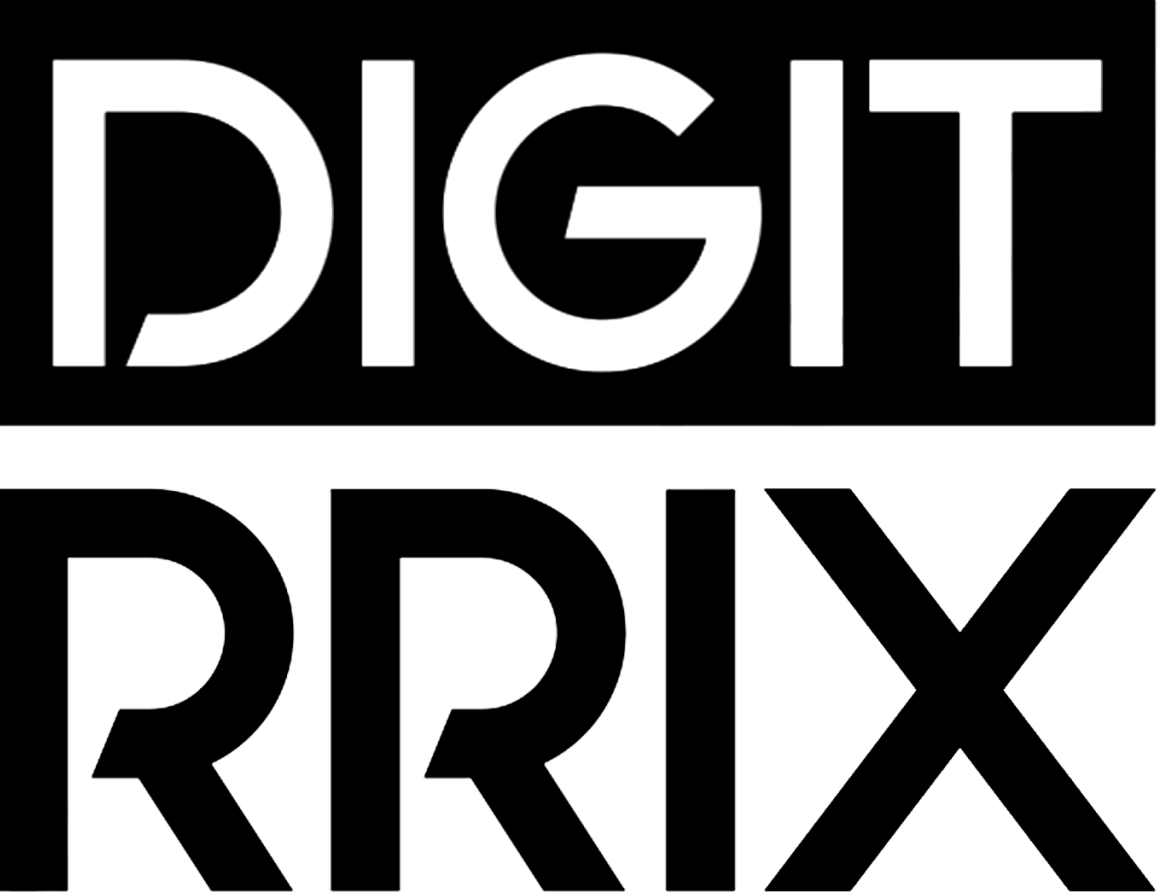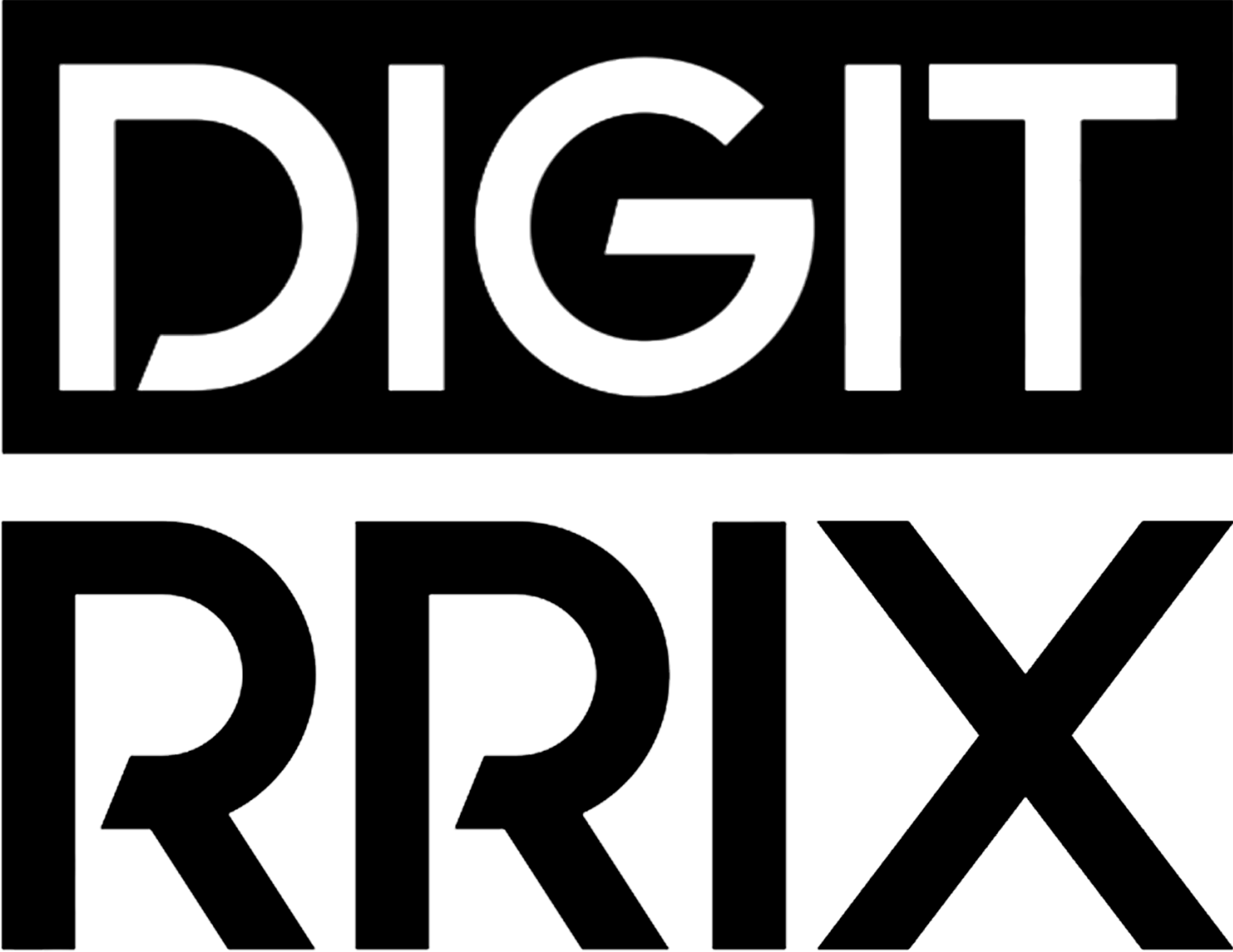
Top 5 Benefits of Using Software as a Service for Your Organization
In today’s fast-paced business environment, organizations are continually seeking innovative solutions to enhance efficiency and reduce costs. One strategy that has emerged as a game changer is Software as a Service (SaaS), which offers numerous advantages tailored to meet diverse organizational needs. By leveraging Benefits of Software as a Service, companies can enjoy significant cost efficiency, unparalleled scalability, and enhanced accessibility for remote work. Moreover, SaaS helps streamline operations through automatic updates and robust security measures, ultimately allowing businesses to focus on their core mission. Join us as we explore the top five benefits that can transform your organization and drive it toward success.
Cost Efficiency: Reducing IT Expenses with SaaS
In today’s increasingly digital landscape, organizations are consistently seeking innovative strategies to manage their costs while maintaining high-quality services. One of the primary advantages of adopting Software as a Service (SaaS) is its remarkable cost efficiency. By transitioning to a SaaS model, businesses can significantly reduce their IT expenses in several essential ways:
- Lower Upfront Costs: Traditional software solutions often require substantial upfront investments for licenses, hardware, and infrastructure. In contrast, with SaaS, businesses can access applications on a subscription basis, eliminating the hefty initial outlay. This affordability allows startups and established enterprises alike to allocate funds more strategically.
- Reduced Maintenance Expenses: Managing software updates and troubleshooting issues can incur significant costs over time. SaaS providers take on the responsibility of maintenance, including enhancements, bug fixes, and security updates. Consequently, organizations can divert their resources from IT upkeep to focusing on growth and innovation.
- No Need for Extensive Infrastructure: With SaaS solutions, there’s no requirement for organizations to invest in expensive servers or networking equipment, which can often involve hidden costs such as power consumption and physical space. SaaS applications are hosted in the cloud, meaning organizations can operate efficiently with minimal initial infrastructure investment.
- Scalable Billing Models: Most SaaS providers offer flexible pricing structures that allow businesses to scale their usage according to their needs. This pay-as-you-go approach ensures that organizations only spend money on what they actively use, avoiding the pitfalls of underutilized software licenses.
- Enhanced Productivity: With SaaS, employees can access applications from any device with an internet connection. This flexibility often leads to increased productivity and, ultimately, lower labor costs since teams can collaborate more efficiently—whether in the office or remotely.
Overall, the Benefits of Software as a Service become increasingly clear when considering the financial advantages it provides to organizations looking to streamline operations and reduce IT expenses. Embracing SaaS is not just a trend; it’s a strategic choice to achieve lasting cost-efficiency.

Scalability: Adapting to Your Business Needs
One of the standout benefits of Software as a Service lies in its unparalleled scalability, which is crucial for any organization aiming to grow and adapt in an ever-changing marketplace. Unlike traditional software solutions that often require significant upfront investments and complicate upgrades, SaaS platforms allow businesses to easily scale their usage up or down based on current needs.
Flexible Pricing Models: SaaS providers typically offer subscription-based pricing models that cater to organizations of all sizes. This means you can start small and expand as needed, ensuring that you’re only paying for what you use. If your organization experiences a sudden spike in activity or requires additional features, scaling up is as simple as adjusting your plan—without the hassle of purchasing new hardware or software licenses.
Effortless Integration: Many SaaS solutions are designed to integrate seamlessly with other applications within your tech stack. This interoperability supports the growth trajectory of your organization by allowing new functionalities to be incorporated without the disruptive process often associated with on-premise systems. Whether you’re onboarding new users or expanding into new markets, the ability to add capabilities quickly is invaluable.
Adapting to Demand: With SaaS, organizations can respond to market changes swiftly. For instance, if your business needs to ramp up operations due to seasonal demand or new projects, you can easily adjust your subscription with minimal effort. Conversely, if your operational needs decrease, you can reduce your subscription to optimize costs without sacrificing quality or efficiency.
In summary, leveraging the benefits of Software as a Service enhances not only operational efficiency but also strategic agility, allowing your organization to focus on driving growth while ensuring that your IT resources can evolve as your business does.
Accessibility: Enhancing Collaboration and Remote Work
In today’s fast-paced business environment, accessibility is a critical factor for success. Software as a Service (SaaS) plays a pivotal role in enhancing collaboration and facilitating remote work within organizations. Unlike traditional software, SaaS applications are hosted in the cloud, which eliminates the need for local installations and allows users to connect from any device with internet access. This flexibility empowers teams to work collectively, no matter their geographic location.
One of the primary benefits of Software as a Service lies in its ability to foster seamless communication among team members. With tools like cloud-based document sharing, project management systems, and real-time collaboration applications, employees can easily access, edit, and share files anytime, allowing for a smoother workflow. This democratization of information means that stakeholders can make informed decisions quickly without being tethered to a specific workstation.
Moreover, SaaS platforms often incorporate integrated messaging and video conferencing tools that further enhance real-time collaboration. By minimizing the barriers to communication, organizations can overcome challenges associated with remote work, such as time zone differences and isolation. This connectivity also nurtures a strong team culture, as team members can engage with one another more easily, leading to improved morale and productivity.
Another significant factor to consider is the scalability of SaaS solutions. As your organization grows, you can easily adjust your subscriptions and add users without the hassle of physical software installations. This adaptability ensures your team can remain agile and responsive to evolving business demands while maintaining uninterrupted access to essential tools.
Embracing SaaS accessibility not only enhances collaborative efforts but also positions your organization to thrive in an increasingly remote work landscape. By harnessing the power of cloud-based solutions, companies can ensure they remain productive and competitive, regardless of where their employees are located.
Automatic Updates: Staying Current Without the Hassle
One of the standout features of Software as a Service (SaaS) is its capability for automatic updates, a benefit that not only enhances user experience but also simplifies the management of software applications. With constant advancements in technology, keeping software up-to-date can be a daunting task for IT departments. However, SaaS solutions take the worry out of this equation through several key advantages:
- Seamless Upgrades: SaaS providers handle all updates and upgrades automatically. Businesses benefit from instant access to the latest features and improvements without any manual intervention. This ensures that your organization always operates on the most efficient and secure version of the software.
- Minimized Downtime: Unlike traditional software that often requires scheduled downtime for updates, SaaS platforms can implement changes in the background. This allows employees to continue their work with minimal disruption, maintaining productivity and overall efficiency.
- Enhanced Security: Software updates often include critical security patches and vulnerability fixes. With automatic updates, your team can rest assured that they are protected against emerging threats, reinforcing your organization’s data integrity and security posture.
- Cost-Effective Maintenance: Maintaining software in-house can become costly, especially when it involves routine updates and troubleshooting. By outsourcing this responsibility to a SaaS provider, organizations can save valuable resources and shift focus to core business activities.
- Access to Cutting-Edge Features: Automatic updates allow users to benefit from the latest innovations. This continual improvement cycle means that your team can leverage new functionalities throughout the year, enhancing workflows and creating better outcomes.
Overall, the Benefits of Software as a Service particularly shine through the implementation of automatic updates. By embracing SaaS solutions, organizations can effortlessly stay current with technology, improve operational effectiveness, and ensure that every team member has access to the latest tools for success.

Improved Security: Protecting Your Data with SaaS Providers
In today’s digital landscape, ensuring data security is paramount for organizations of all sizes, and this is where the Benefits of Software as a Service shine through. SaaS providers prioritize robust security measures that offer multiple layers of protection to safeguard your sensitive information. Unlike traditional software solutions, which may require significant investment in hardware and security features, SaaS solutions are designed with advanced security protocols right from the start.
One of the standout features of SaaS providers is their commitment to data encryption. By utilizing industry-leading encryption standards, your data is rendered unreadable to unauthorized users, whether it’s stored in the cloud or being transmitted over the internet. This encryption ensures that, even in the unlikely event of a data breach, your organization’s crucial data remains protected.
Moreover, SaaS providers implement regular security audits and updates, keeping their systems up to date against emerging threats. They invest in the latest security technologies, which means you benefit from high-level security without having to manage or maintain these systems in-house. This is particularly beneficial for organizations that may not have the resources or expertise to effectively handle their own cybersecurity needs.
SaaS also promotes compliance with regulations such as GDPR, HIPAA, or PCI DSS. Many providers ensure their platforms adhere to these regulations, thereby alleviating some of the compliance burdens from your organization. Additionally, access control measures allow you to define who can access what data, further enhancing security and mitigating the risk of internal threats.
In summary, choosing a SaaS solution not only streamlines your operations but significantly raises your organization’s security posture through advanced encryption, regular updates, compliance support, and strong access controls. With the Benefits of Software as a Service in mind, moving to a SaaS solution can effectively create a more secure environment for your business data.
Integration: Seamless Connectivity with Existing Systems
One of the standout advantages of leveraging Software as a Service (SaaS) is its ability to integrate effortlessly with your organization’s existing systems. This characteristic allows businesses to maintain continuity and ease of use while introducing innovative tools that drive productivity.
Smooth Integration enables SaaS applications to connect with popular enterprise systems, such as Customer Relationship Management (CRM), Enterprise Resource Planning (ERP), and accounting platforms. This synergy eliminates data silos, allowing your teams to access essential information from a centralized location. As a result, you can improve collaboration and decision-making processes across departments.
Another key aspect of SaaS integration is API connectivity. Most SaaS platforms are equipped with robust application programming interfaces (APIs) that allow for easier data exchange between various software systems. For instance, sales departments can effortlessly sync client data from their CRM software to email marketing platforms, ensuring that campaigns are more targeted and effective. This level of connectivity minimizes manual data entry, reduces the risk of errors, and saves valuable time.
Furthermore, the flexibility of SaaS solutions means businesses can choose applications that specifically cater to their needs. Whether it’s a marketing tool, project management software, or customer support platform, you have the freedom to add or replace applications without overhauling your entire IT infrastructure.
Embracing seamless connectivity with existing systems through SaaS not only enhances your organization’s operational efficiency but also positions you for future growth. Integration allows your teams to harness the full potential of their tools, driving better outcomes and encouraging a culture of innovation within your organization. By selecting the right SaaS solutions, you can ensure that your operations are streamlined, efficient, and ready to adapt to changing business landscapes.
Focus on Core Business: Streamlining Operations through SaaS Solutions
In today’s fast-paced business environment, organizations must be agile and focused on their core competencies. One of the most compelling benefits of Software as a Service is its ability to streamline operations, allowing businesses to allocate resources more efficiently. By leveraging SaaS solutions, companies can minimize distractions and enhance productivity in the following ways:
- Centralized Management: SaaS platforms often provide a unified interface for managing various business functions such as CRM, project management, and invoicing. This centralized approach reduces the complexity associated with using multiple applications, enabling teams to focus on outcomes rather than navigating several software interfaces.
- Reduced IT Burden: Maintaining on-premises systems demands significant time and technical expertise. SaaS solutions offload these responsibilities to the service provider, freeing up IT resources to focus on strategic initiatives that align with the organization’s core business objectives. This shift allows technical teams to prioritize impactful projects rather than spending critical hours on maintenance and troubleshooting.
- Enhanced Collaboration: SaaS tools are designed for collaborative work. Features like real-time editing, file sharing, and communication channels promote teamwork, no matter where employees are located. By enhancing collaboration, organizations can streamline processes and reduce the time it takes to complete tasks, enabling teams to deliver results more efficiently.
- Data-Driven Insights: Many SaaS platforms come with built-in analytics and reporting tools. This functionality empowers business leaders to access key performance indicators (KPIs) in real-time, facilitating quicker decision-making that drives business focus. As you streamline operations, having data at your fingertips can lead to better strategies.
- Flexible Customization: SaaS solutions can often be tailored to fit specific business processes without extensive coding. This adaptability means organizations can implement software that aligns closely with operational needs while ensuring their primary focus remains on what they do best.
By utilizing SaaS solutions to streamline operations, organizations can significantly enhance their focus on core activities, driving efficiencies and maximizing productivity. This strategic approach not only supports day-to-day operations but fosters a culture of innovation and improvement.

Frequently Asked Questions
What is Software as a Service (SaaS)?
Software as a Service (SaaS) is a cloud computing model that delivers software applications over the internet, on a subscription basis. This allows organizations to access and use software without the need for installation or maintenance on local devices. SaaS applications are hosted and managed by the service provider, ensuring that users always have access to the latest features and updates, enhancing efficiency and convenience.
What are the main benefits of using SaaS for organizations?
The main benefits of using Software as a Service for organizations include cost-effectiveness, scalability, accessibility, and maintenance-free operation. SaaS reduces the need for substantial upfront investments in hardware and software, as costs are incurred on a flexible subscription model. Additionally, organizations can easily scale their usage according to their needs, allowing them to adapt quickly to market changes, while users can access applications from anywhere with an internet connection, facilitating remote work.
How does SaaS ensure security for organizational data?
SaaS providers prioritize security by implementing robust measures such as data encryption, regular security audits, and compliance with industry standards. They invest in advanced security technologies and expertise that many organizations may not have access to, effectively safeguarding data against breaches. With features like multi-factor authentication and backup solutions, SaaS offers layers of protection that ensure organizational data remains secure and readily available.
Can I customize SaaS applications for my organization’s specific needs?
Yes, many SaaS providers offer customizable options to tailor the software to your organization’s specific requirements. This could include modifying workflows, integrating with existing systems, or configuring settings to align with your business processes. By providing flexibility and adaptability, SaaS solutions can effectively meet unique organizational demands without compromising the performance and reliability of the services.



